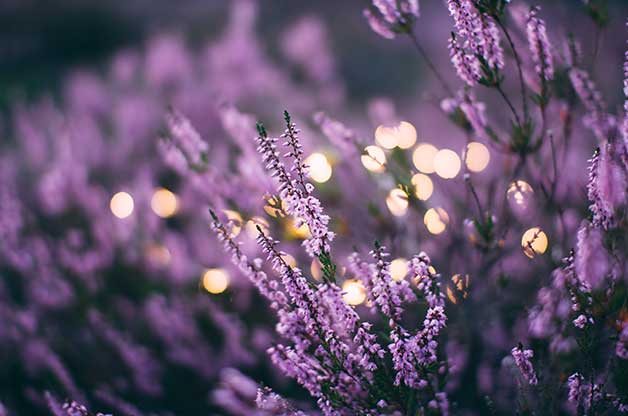
Take a nighttime stroll through moonlit flowers and evening pollinators.
By Tammi Hartung
Most of us notice how gorgeous gardens are when the sun is shining, but how often do we see what a garden looks like at night? Between dusk and dawn, when moonlight illuminates the plants, visitors can enjoy unique insight into a garden’s personality.
Night pollinators such as moths, native bees and bats are attracted to plants in a moon garden with white and pale-colored flowers that are intensely fragrant and produce a lot of nectar. As you walk through the moon garden, you will be able to watch these varied and industrious third-shift pollinators as they go about their important work.
Moths
Moths fly to white and pale blooms, which show up well in moonlight. These creatures have an amazing sense of smell; they love flowers that are highly scented. Some moths hover over the plants to sip nectar with their very long tongues, and others land on flowers while they feed. Many kinds of moths, like sphinx moths, will visit honeysuckle, columbine and amsonia blue star.
Bats
In the arid Southwest, three kinds of nectar-feeding bats pollinate night-blooming plants. They prefer the nectar of large flowers, such as agave, yucca and many types of cacti. Blooms of white, purple and green, along with very strong scents, will attract these beneficial nighttime creatures.
Native Bees
Although most bee species, including domestic honeybees, do their pollinating during the day, a few native bees, such as small sweat bees, work by night, using the moon and starlight to navigate through the garden. They pollinate evening primrose, monarda and campion.
Night-Blooming Flowers
A moon garden should include flowers in pale hues of yellow, blue, purple, green, white or cream, and pink, along with plants that have either silver or gray foliage. The pale blooms and silvery foliage reflect the light of the moon and stars, giving the garden a delicate glow. Plants with flowers that stay open through the night, such as yucca, or blossoms that open at dusk and close in the morning, such as evening primrose, are magnets for night pollinators.
9 Plants with Silver and Gray Foliage
Lavender: flowers of purple and blue
Woolly lambs’ ears: pink flowers
Horned poppy: yellow or orange flowers
Sea kale: sprays of white flowers
Helichrysum: yellow clusters of tiny flowers
Santolina: yellow button flowers
Silver Blade evening primrose: large pale yellow flowers
Pussy-toes: delicate white or pink flowers
Sage: flowers of purplish blue
To Read More Click Link: http://birdsandblooms.com/gardening/backyard-wildlife/backyard-benefits-moon-garden/

